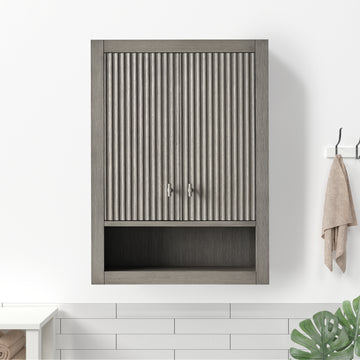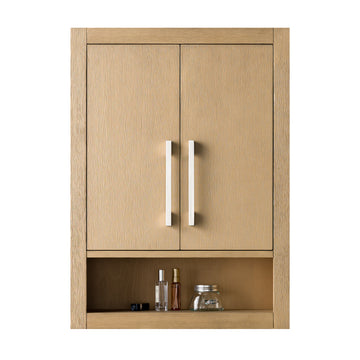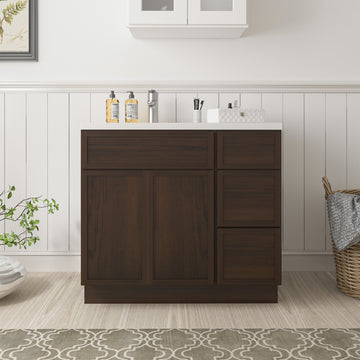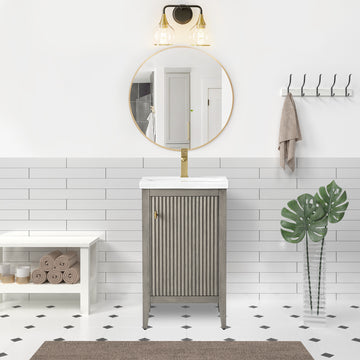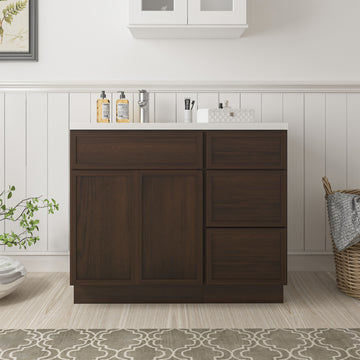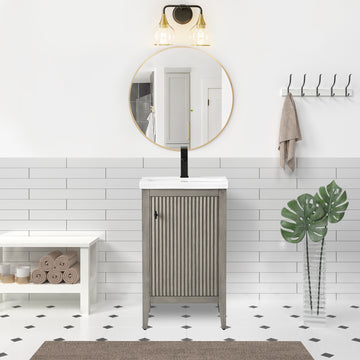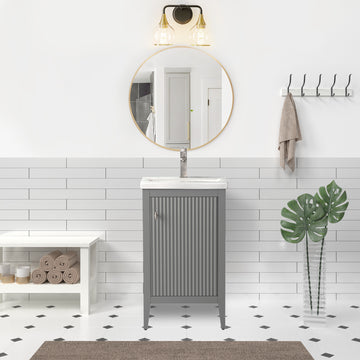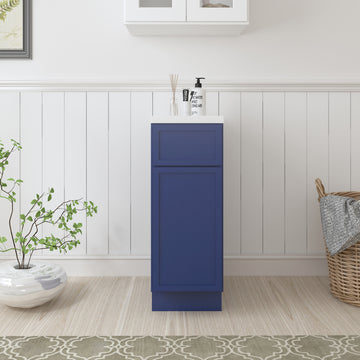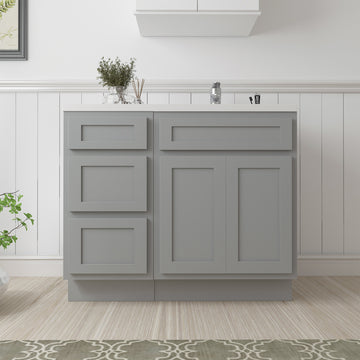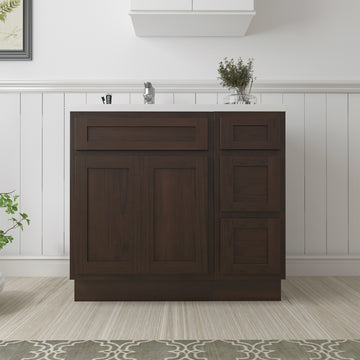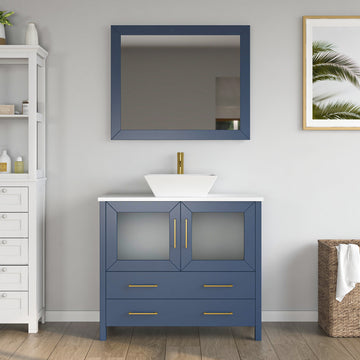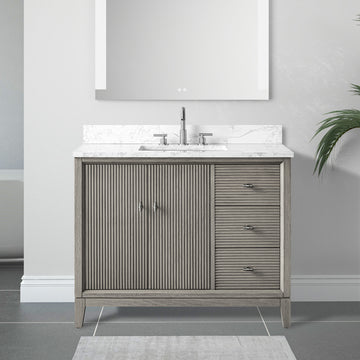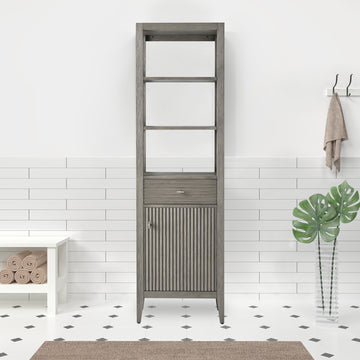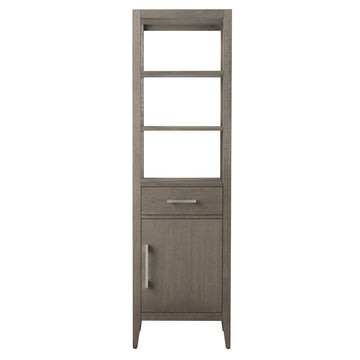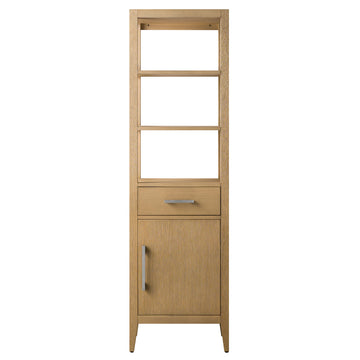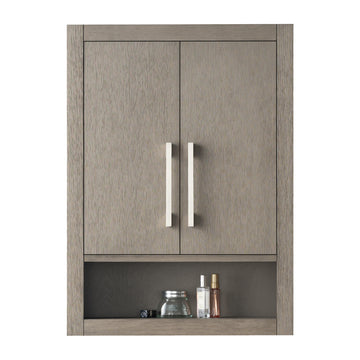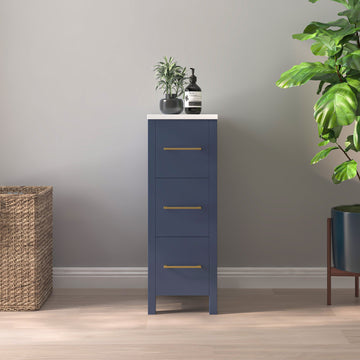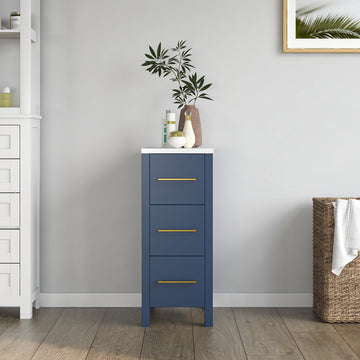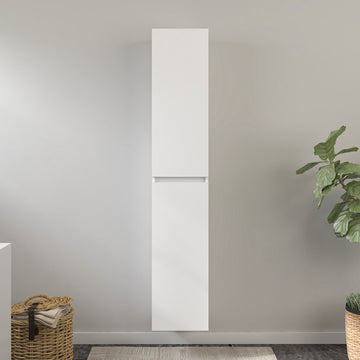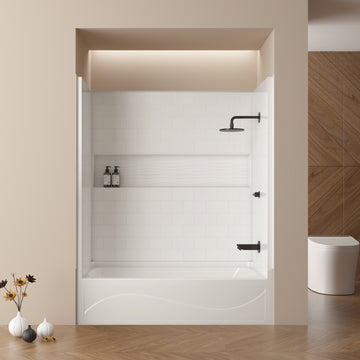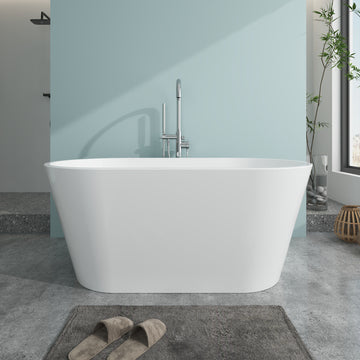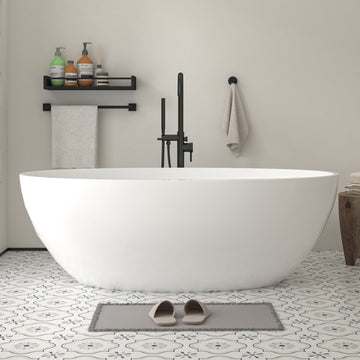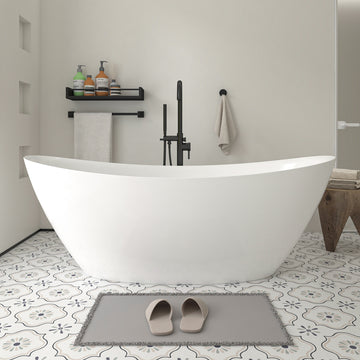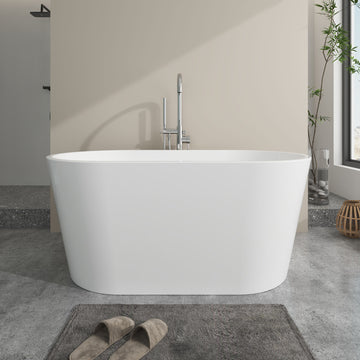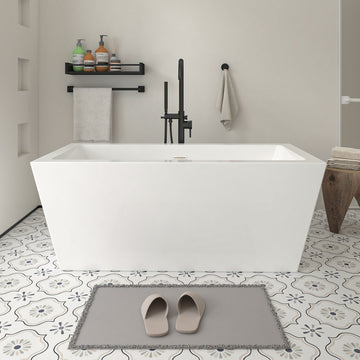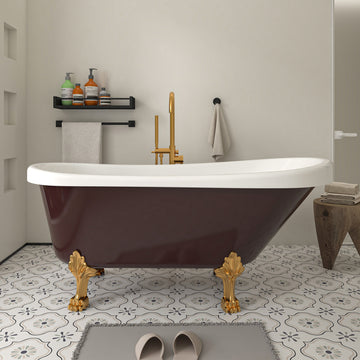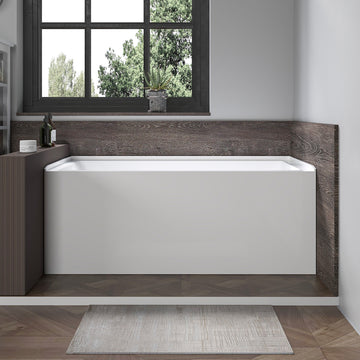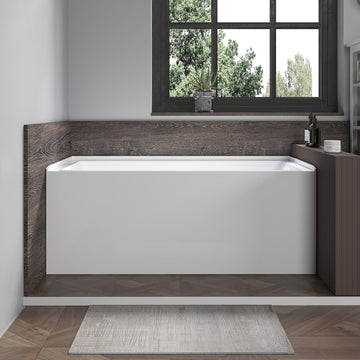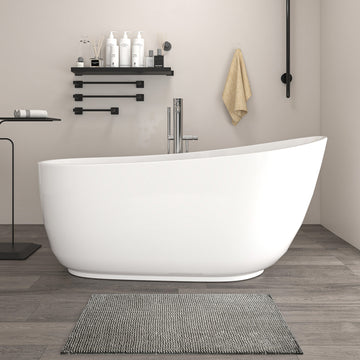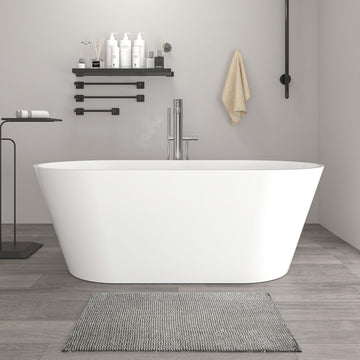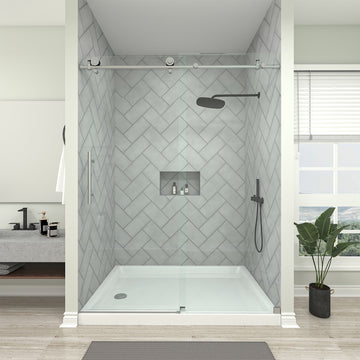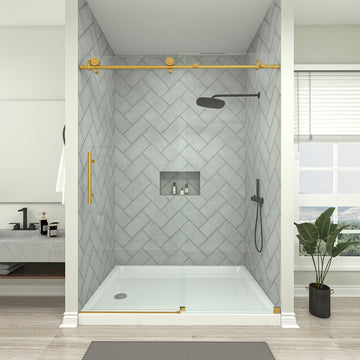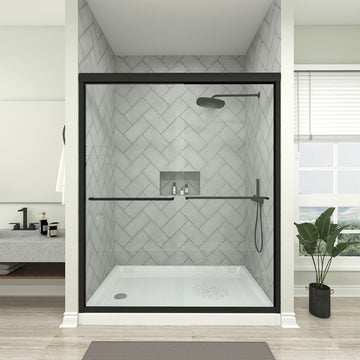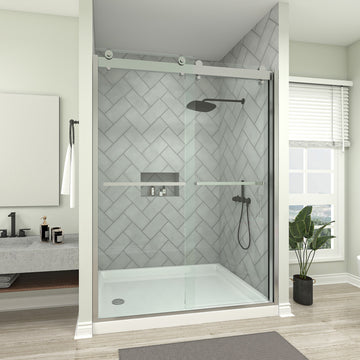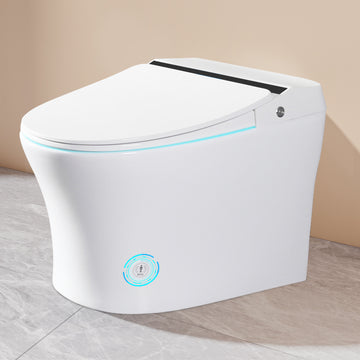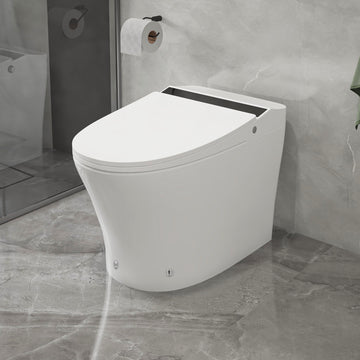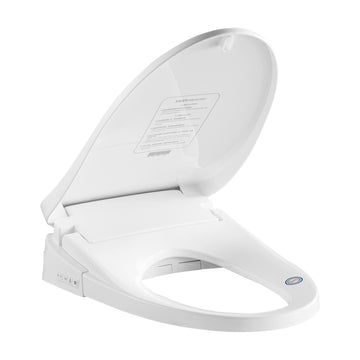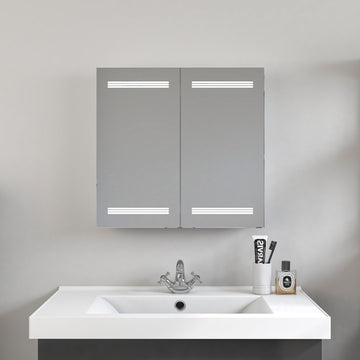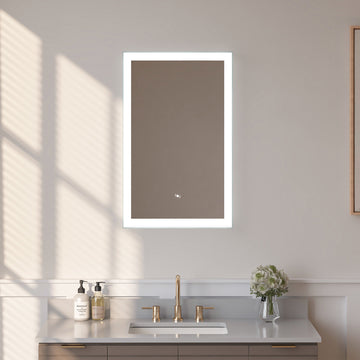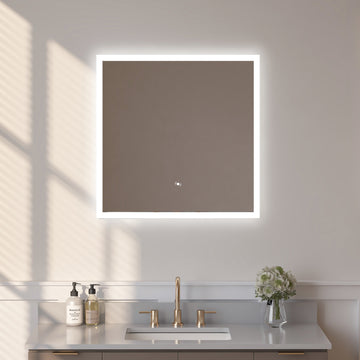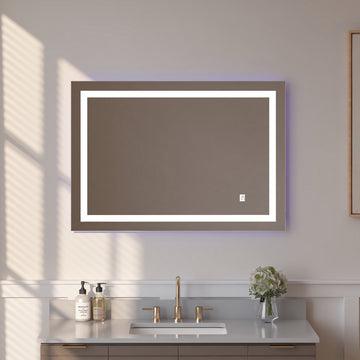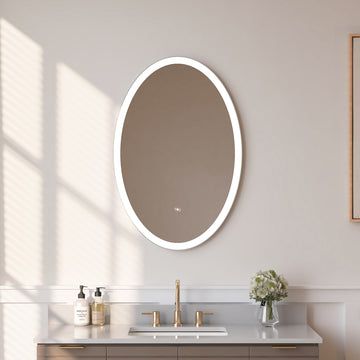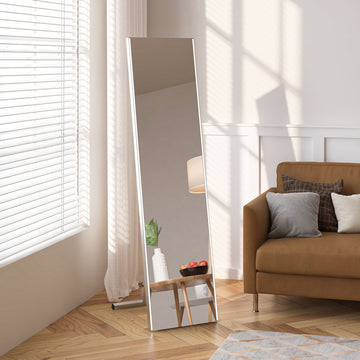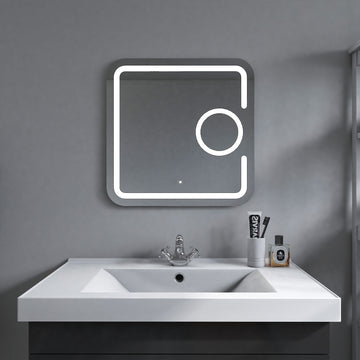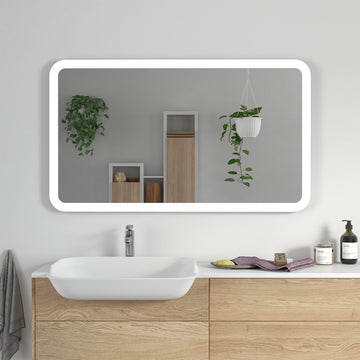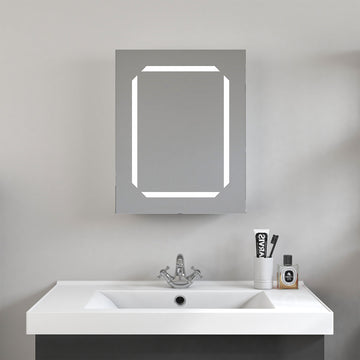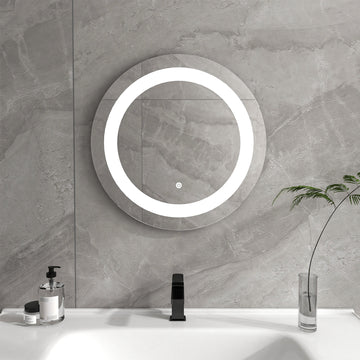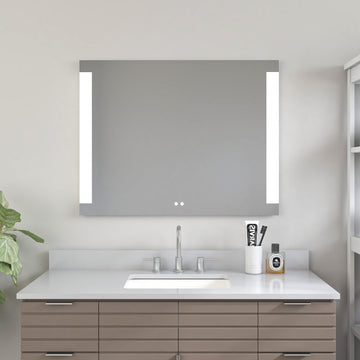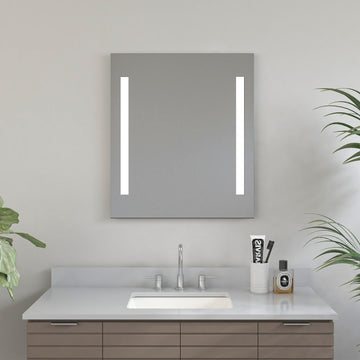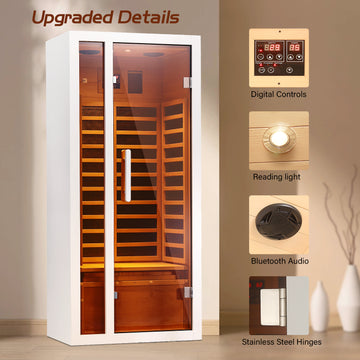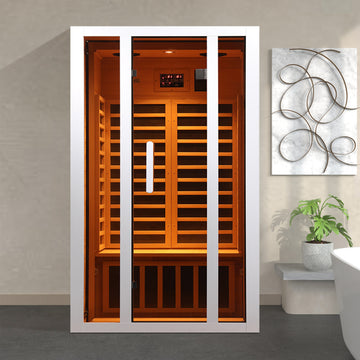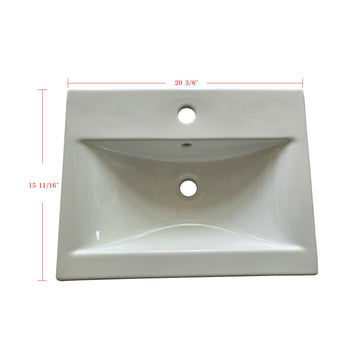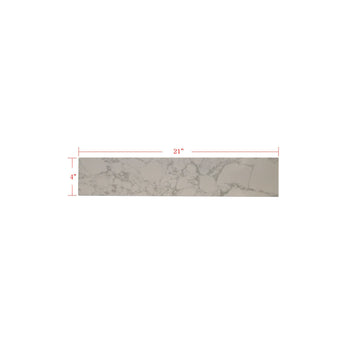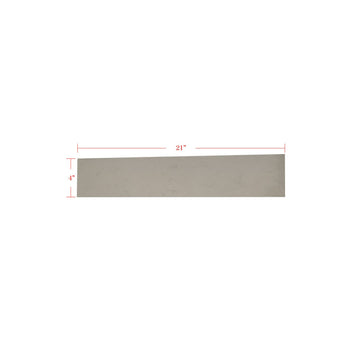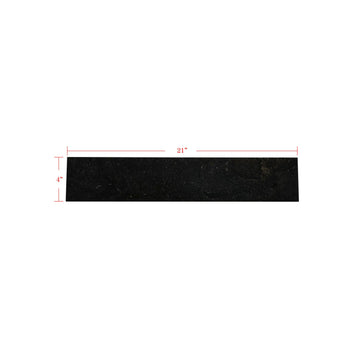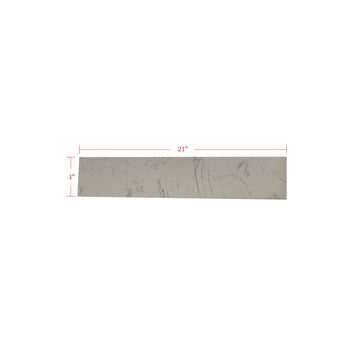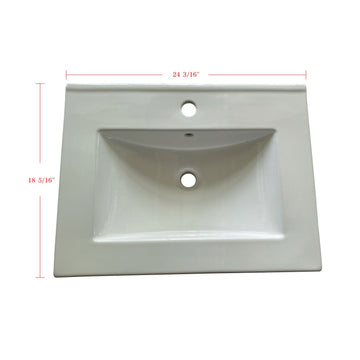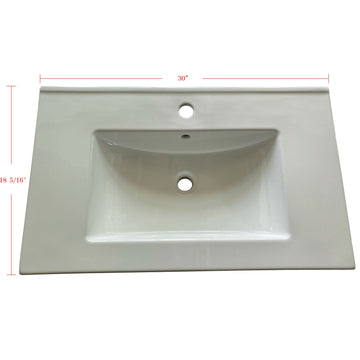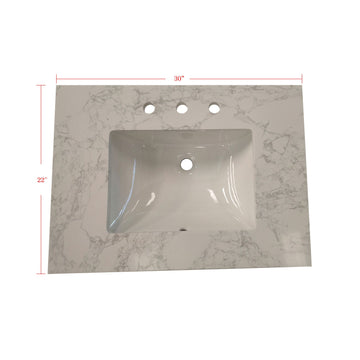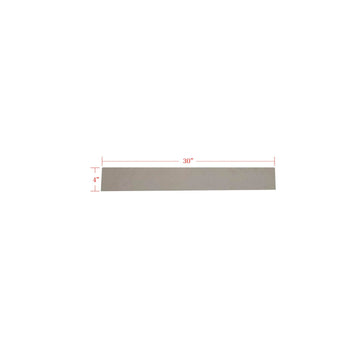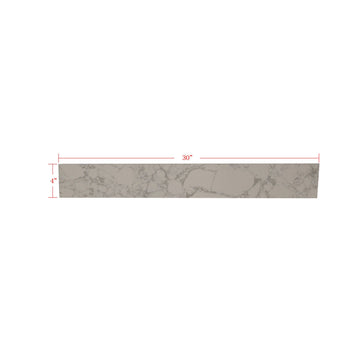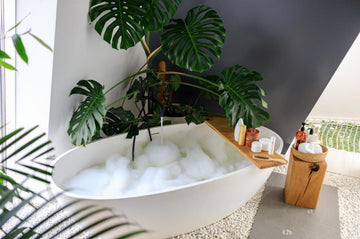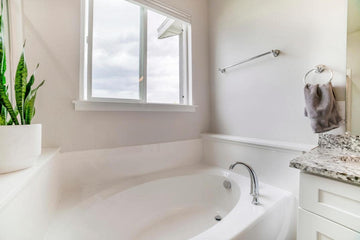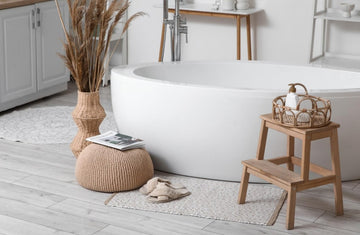Bathtub faucets are something we use daily, and it’s important to understand the different designs so they match your bathtub, vanity, and overall bathroom setup. The type of faucet you choose affects both the aesthetic of your bathroom and also how it functions.
This guide breaks down the different types of bathtub faucets by design, installation style, and handle configuration, so you can choose what fits your space. This article outlines the common types of bathtub faucets, how they work, and what to consider when deciding which one suits your space. Understanding the types will help you make a choice that actually works for your bathroom.
Types of faucets by design

Bathtub faucets work in different ways under the surface. The mechanism inside controls water flow and temperature, and affects durability, maintenance, and performance. There are four common types: compression, ball, disc, and cartridge.faucets.
Compression
The compression faucet is the oldest and most traditional faucet design. It uses two separate handles. One for hot water and one for cold. Each controls water flow by tightening or loosening a washer that blocks the valve seat. Over time, washers wear out, so compression faucets are more likely to leak and require occasional maintenance. Still, they are simple and fairly cheap to repair.
Ball
Ball faucets have a single handle that moves in multiple directions to control both temperature and flow. Inside is a rotating ball with small chambers and slots that align with hot and cold water inlets. These are washerless designs, but they have more parts than other types, which can make repairs slightly more involved.
Disc
Disc faucets use two ceramic discs that slide against each other to control the flow and temperature of water. They’re found in single-handle designs and are known for durability and smooth operation. The sealed ceramic mechanism is less prone to leaking and usually low-maintenance.
Cartridge
Cartridge faucets can come with one or two handles. Inside is a cartridge that moves up and down (or side to side) to control water flow and temperature. They provide consistent water pressure and are easy to operate and repair. You can usually tell it’s a cartridge faucet if the handle moves smoothly with no resistance and stops sharply.
Types of faucets by installation methods
The way a bathtub faucet is installed affects both its function and how it fits into your bathroom layout. Some are built into the tub structure itself, while others are installed separately on the wall or floor.
Roman (Deck-Mounted)
A Roman faucet is mounted directly onto the rim of the bathtub or a nearby deck. It typically includes a wide, arched spout and separate hot and cold handles. This style is often used for drop-in tubs or tubs built into alcoves or platforms. Installation is more involved, requiring enough horizontal space around the tub.
Wall-Mounted
Wall-mounted faucets are fixed to the wall above the bathtub. They're commonly used in shower-tub combos, freestanding tubs close to the wall, or minimal bathrooms where saving floor and deck space is important. They often require precise plumbing alignment inside the wall.
Freestanding
Freestanding faucets are installed into the floor and stand independently next to the bathtub. They’re most often paired with freestanding tubs and are chosen for both aesthetics and flexibility. These faucets usually make a visual statement and also require careful planning for plumbing through the floor.
Each type has different space and plumbing requirements. Which one fits best depends on your tub style, bathroom layout, and whether you’re working with existing plumbing or doing a full renovation.
Types of faucets by handle design

Bathtub faucet handles shape how the faucet looks and feels. Depending on your bathroom’s design and your personal preference, you can choose from a range of handle types that vary in both style and usability.
Single handle
Single-handle faucets use one lever or knob to control both temperature and water pressure. These are more common in modern setups where simplicity and space-saving are priorities. They’re easier to use with one hand and often require less installation effort.
Double handle
Double-handle faucets have separate handles for hot and cold water, offering more precise control over temperature. This setup is often found in traditional or classic designs, and works well with both deck-mounted and wall-mounted faucets.
Cross handles
Cross handles are shaped like a “+” and are typically found in vintage or traditional bathrooms. They’re visually distinctive and offer a firm grip, but may take slightly more effort to turn, especially for those with limited mobility.
Lever handles
Lever handles are long and flat, designed for easy operation. They work well for households with children or seniors, as they require minimal wrist strength. They’re available in both single and double configurations.
Push-button or touch handles
Some modern faucets come with push-button controls or touch-sensitive surfaces. While less common in bathtubs than in sinks or showers, they offer a more minimal aesthetic and are easier to clean.
Handle finishes
Regardless of type, faucet handles come in a range of finishes: chrome, brushed nickel, matte black, brass, and more. These don’t affect performance but can influence how well the faucet matches the rest of your bathroom hardware.
Choosing the right handle type comes down to comfort, coordination with your tub and vanity, and how much you want to control water temperature manually.
Choosing the right bathroom faucet

When it comes to picking a bathtub faucet, the best choice depends less on what’s trendy and more on what works for your space, your tub, and your daily habits.
Start with your bathroom layout
If your bathtub sits against a wall, a wall-mounted faucet might make the most sense. It keeps things streamlined and saves floor space. Freestanding tubs in the center of the room, on the other hand, often require a floor-mounted or freestanding faucet. These take up more room and usually cost more to install, but they’re often the only option for that layout.
Consider your tub type
Certain tubs require specific faucet styles. Roman tubs, for example, are designed to work with deck-mounted faucets. Clawfoot or slipper tubs almost always go with freestanding or wall-mounted faucets. Compatibility is key, trying to force the wrong setup usually leads to plumbing headaches.
Function matters too
If you want better control over temperature or pressure, double-handle or cartridge-style faucets are more precise. If you just want something that works and looks clean, a single-handle faucet may do the job. Think about who’s using the tub. Kids, guests, or elderly family members?
Budget can be a limiting factor
Freestanding faucets and touch-control options are often more expensive, both in terms of materials and installation. Wall-mounted faucets may also require more extensive plumbing adjustments. Compression or ball faucets, on the other hand, tend to be more affordable.
Finally, think long-term
Go for durable materials and finishes that won’t show wear after a few years. Chrome and brushed nickel tend to hold up well. Matte black looks great, but may require more upkeep to stay clean. Avoid anything that looks good now but doesn’t feel sturdy or easy to use.
In short, the right faucet is one that fits your tub, works with your plumbing, aligns with your budget, and doesn't get in your way.
FAQs
Are bathtub and sink faucets interchangeable?
No, they aren’t. Bathtub faucets are designed for higher water flow to fill a tub quickly, while sink faucets are built for lower, more controlled flow. Their valves, dimensions, and mounting styles are usually different, making them incompatible in most cases.
Can I replace just the faucet spout without changing the valve?
Sometimes, but not always. If the faucet spout is threaded or slip-on and compatible with your valve type, it may be replaced on its own. However, older or non-standard setups often require replacing the valve system behind the wall or deck as well.
How long does a bathtub faucet typically last?
A good-quality faucet can last 10–20 years depending on the material, water quality, and how well it’s maintained. Mineral buildup and corrosion can shorten its lifespan if not addressed.
Can a plumber install any type of faucet I want?
In most cases, yes, but with limits. Your plumbing layout may need to be modified depending on the faucet style. For example, switching from a wall-mounted to a freestanding faucet isn’t just a swap, it may involve rerouting pipes and refinishing walls or floors. Always check what your current setup can support before choosing a faucet.
